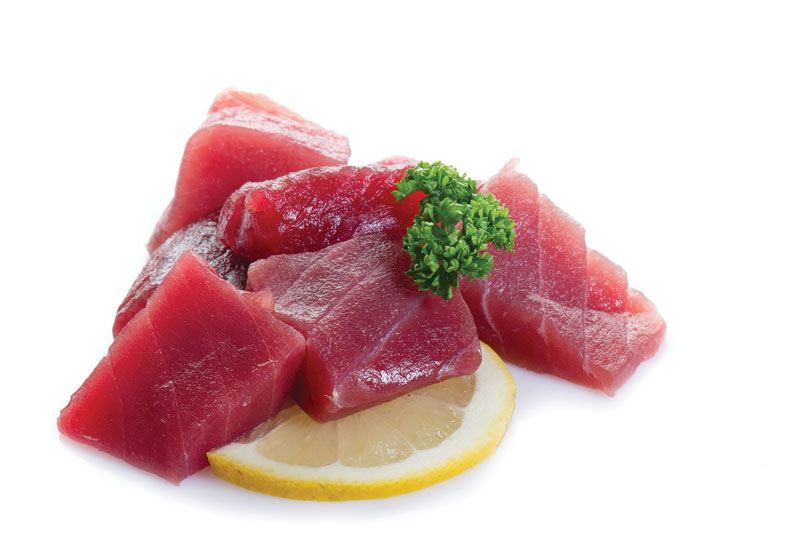Seafood has always been an important part of the Middle East’s gastronomy and many of the Gulf’s rich and powerful cities started life as small fishing towns.
With such cultural importance, it is perhaps unsurprising that the region’s seafood market is booming.
This is a market driven by consumers. According to a survey conducted by the Emirates Wildlife Society and the World Wildlife Fund (EWS-WWF), 66% of the UAE population eat fish at least once a week. This strong consumer demand for seafood combined with the rapid ongoing expansion of the region’s food service industry is good news for seafood suppliers operating in the Middle East.

| Advertisement |
“Demand for seafood from the region’s F&B industry remains steady and strong,” says Wet Fish Trading co-owner, Mark Allan. “Already we’re up 30% year-on-year with new hotels opening and demand increasing, and alongside this the demand for top quality products is also growing.”
Fresh and seasonal
In the competitive F&B market, chefs are seeking out fresh seafood to differentiate their offering from the competition. By reducing the time between catch and cook, chefs hope to improve the flavour and texture of their seafood dishes.
“The freshness of the fish is the most important element of a great seafood dish,” says Al Bustan Palace, InterContinental Muscat director of F&B, Rocco Bova.“We mainly use locally-caught fresh fish here in Oman. Luckily, we’re rich in coastal species so it’s easy to buy fresh bream, kingfish and tuna.”
Unlike other ingredients on a typical menu, the supply of seafood fluctuates in availability. Fresh fish is highly seasonal and chefs have to construct their menus with flexibility to ensure they can capitalise on the best produce each season has to offer.
“You can drive around and see herds of cattle in fields or crops growing, but you never know what is happening under the water,” explains Allan, “and this is what makes the fish market so exciting! Each day is different.
“So chefs have to work towards the best of season. Our biggest seller is UK-sourced fresh muscles which are very popular this time of year. What chefs need to realise is that they go out of season in early June and don’t come back until the end of August.
Our job is to communicate this seasonality to the client and dissuade chefs from putting them on the menu all year round.”
Often this involves the chefs becoming more involved with the supply chain and resurrecting the old tradition of visiting the morning markets to source produce.
“We use a wide range of seafood in our restaurants including red snapper, black cod, sea bass and Omani lobsters to name just a few,” says Ritz-Carlton, Dubai International Financial Centre, executive assistant F&B manager, Antony McNeil.
“Our chefs regularly visit the seafood markets to review what is in season and inspect the quality of the produce. We always ask about the origin of the produce, how it was caught and whether it is farmed or wild.”









 Search our database of more than 2,700 industry companies
Search our database of more than 2,700 industry companies









